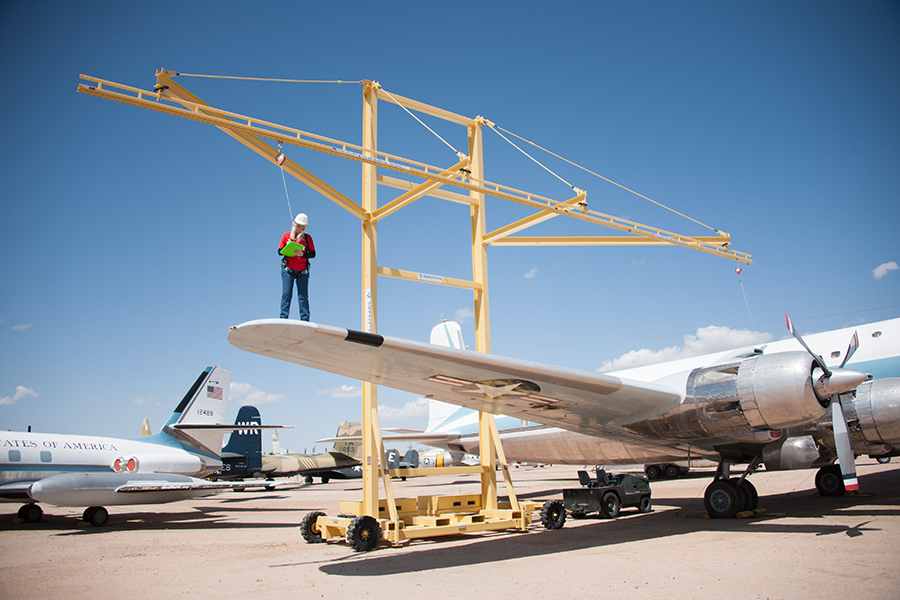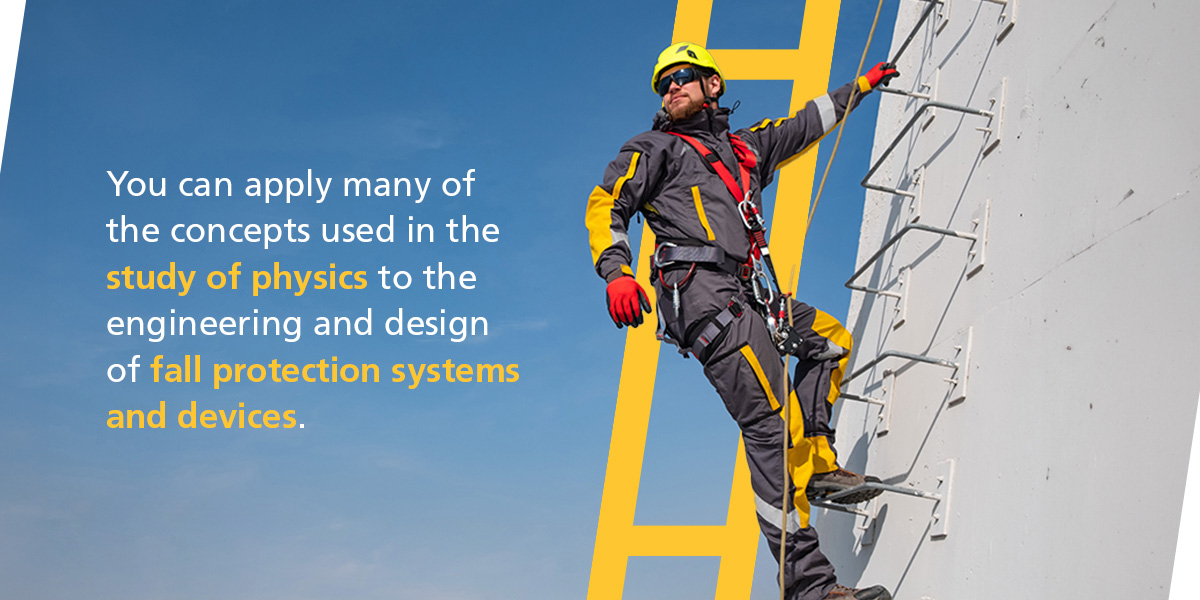
Air Resistance in Fall Protection
September 5, 2024
Air resistance, also known as drag, is the force that opposes an object’s motion through the air. Rigid Lifelines® explains how this relates to fall protection.
What Is Air Resistance in Fall Protection?

Fall protection and physics are closely linked to the laws of motion. Fall protection is mostly concerned with the process of preventing and arresting falls, whereas physics is a science that explores matter, energy, and their interactions. However, you can apply many of the concepts used in the study of physics to the engineering and design of fall protection systems and devices.
As an example of air resistance, when people are skydiving, they are mostly subjected to the forces of gravity and air resistance as they travel. Because a person is at such a high altitude when descending, there is enough time and space for that person to reach terminal velocity. This concept made our safety professionals curious about the circumstances that would allow a person to achieve terminal velocity during a fall in the workplace.
In its simplest form, terminal velocity is the condition of the force of air pressure on a moving object or body becoming equal to its weight. Air resistance decreases an object’s acceleration rate by counteracting the force of gravity. Two main variables affect air resistance — the speed of the object and its cross-sectional area.
Air Resistance Formula
The formula for air resistance is FD = ½ * p * v 2 * CD * A.
“FD” is the force of drag, which is the same as air resistance. “p” stands for the air density, “v” stands for velocity, “CD” is the drag coefficient, and “A” is the cross-sectional area.
How far will a person need to fall to reach terminal velocity? Our engineering manager has simplified our scenario of a falling worker to one relatively accurate equation to demonstrate the incredible distance a person would need to fall for air resistance to stop acceleration and achieve terminal velocity.
In our equation, the letters below represent the following things:
- A = Acceleration due to gravity
- FV = Final velocity after falling distance “X”
- X = Overall distance the worker has fallen
The equation we are going to use is FV^2/2A = X.
You can explain the equation as:
The overall distance the worker has fallen is equal to the final velocity squared and then divided by the acceleration of gravity multiplied by 2.
Due to the Earth’s gravitational forces, objects fall at a speed of 32.2 feet per second squared — “A” in this equation.
If we assume that the final velocity (FV) of our falling worker is 120 mph, we need to convert the miles per hour unit to feet per second. So, 120 mph is equal to 176 feet per second.
When we convert the final velocity to the feet per second unit, we can multiply the denominator in our equation without needing to convert additional units.
So, written in numbers, this equation looks like this:
(176 ft/second) = 481 ft.
32.2 (2)
Using this equation, we determined that a person of average weight and size would need to fall from a height of 481 feet — or roughly a 50-story building — to reach terminal velocity while falling. Since most workplace falls occur between 4 and 30 feet, the average person will likely never reach terminal velocity while falling.
Terminal velocity is not a phrase people want to hear when they think about fall protection. And, because people design fall arrest products to limit the overall distance a person travels after an unintended loss of balance, there is no chance that a person would ever reach terminal velocity while attached to a properly installed and functioning fall arrest device.
Get to Know More About Fall Protection
Do you want to know more about the physics of fall protection? Let us know your questions in the comments section below! Keep your workers safe at height with a fall protection system.
Categories
Share this post
Let us help you
Contact us today to find the perfect product fit for your job
